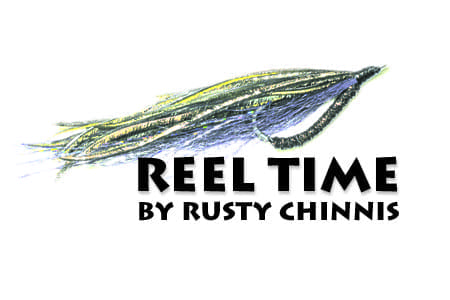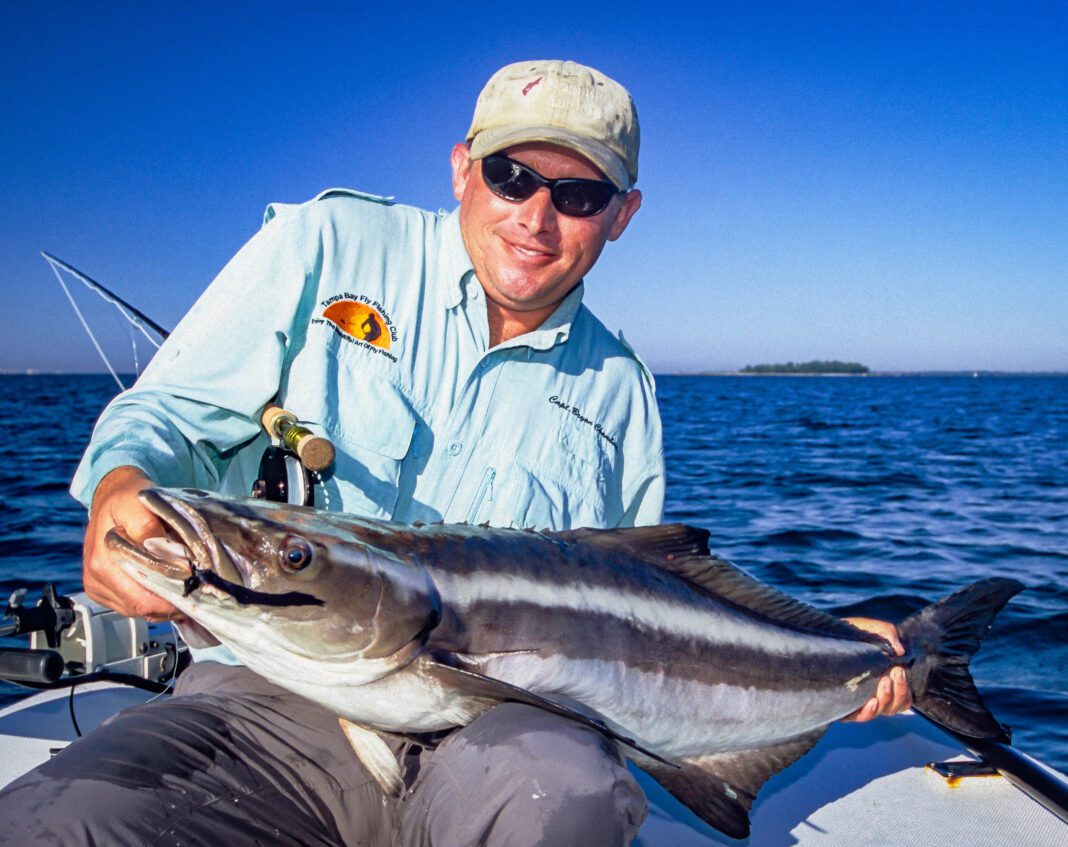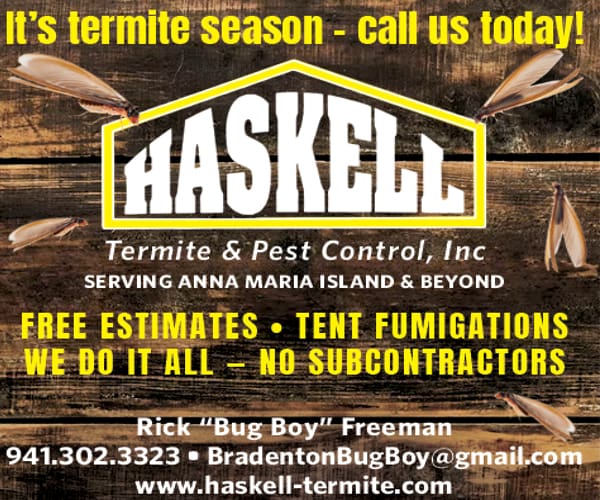As the waters cool in the Tampa Bay region, savvy anglers know it’s time to start looking for cobia in area waters.
These feisty game fish can grow to over 100 pounds, and 50- to 60-pound fish are common during the fall. While most anglers target cobia in the Gulf, the species ranges widely throughout local bays as well. Years ago, I was introduced to a cobia fishery I never knew about in upper Tampa Bay by Capt. Bryon Chamberlin of Land o’ Lakes.
That first day we launched near Apollo Beach and motored towards the Big Bend power plant, its twin stacks emitting plumes of steam silhouetted against a brilliant orange sky. That cold morning, the warm water discharge created steam that wafted over the chilly waters of Tampa Bay. The hope was that these warm waters would attract rays, jack crevalle, snook and our target, cobia. The strategy was to look for large eagle rays. Chamberlin knew that cobia “ride” their wings, looking for prey.
We had barely set up near the warm water when the wing tips of a large ray broke the surface about 100 feet away. Chamberlin dropped his trolling motor and quietly closed within casting distance. When the ray was 50 feet away, I made a cast and stripped the fly in the path of the ray as three large cobia came into view. A fish we estimated at 50-60 pounds attacked the black and purple bunny with a vengeance that surprised me, causing me to hold on too long and breaking my 16-pound tippet. I barely had time to recover and tie on a new fly before Chamberlin was moving towards another disturbance on the water. This one didn’t have a cobia in attendance, but in the next half hour, I had shots and refusals from four fish.
Chamberlin suggested a different pattern and I started to cut off the fly. For some reason, I waited a split second. Suddenly, a large brown shape morphed near the boat. Making a roll cast, I placed the fly 2 feet in front and watched as a large cobia inhaled the offering. This time I made a hard strip strike and relaxed my grip on the line as the fish bolted for the horizon. The cobia fought hard, making frequent head-shaking appearances at the surface followed by long runs into the backing. Thirty minutes later, Chamberlin lifted the 40-pound-plus fish for a few photos before we revived it and released it.
Unlike most fish, cobia are often easier to find and feed on a slack tide. When the tide is running hard, the rays feed on the bottom. When the tide starts to slow, the rays come back up to the surface and bring the cobia with them. Bright sunny days with light winds make for optimal conditions and could yield multiple shots.
This is definitely a hit-or-miss fishery, but it’s totally worth the effort when you have a chance at a 50-pound fish on a fly in Tampa Bay. Cobia can also be found along the beaches and over structure offshore in the fall. It’s a good idea to have a 10-weight outfit rigged and in the rod rack even if you’re not targeting cobia. They have a way of showing up suddenly and it’s an experience you won’t want to miss.
































